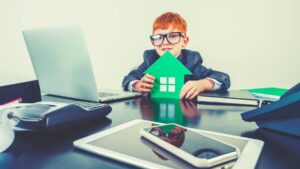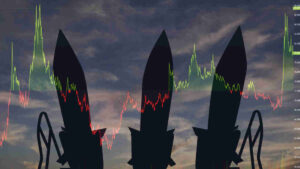China retailer AuMake’s sales are up and so is its share price

China-focused retailer AuMake International has reported a 35 per cent jump in cash receipts and cut its cash-burn rate.
AuMake banked $7 million in the June quarter compared to $5.1 million three months ago.
The retailer sells Australian brands to locally-based Chinese consumers (or “daigou”) through product showrooms.
Investors were pleased, pushing up the shares by 17 per cent to 23.5c — though they’re still a long way off their high of 84c in December.
Operating cashburn almost halved from $3 million to $1.7 million for the quarter, though staffing costs rose to $1.4 million from $960,000. Gross profit passed $1 million. Quarterly profit margin was stable at 15 per cent.
The results came during the low season for Chinese tourists in Australia, the business said.
Chairman Keong Chan told Stockhead the quarter’s numbers showed costs were stabilising and the company’s strategy was paying off.
“We’re reaching a really robust platform for the store network in Australia,” Mr Chain said.

Australian stores were critical for capturing the daigou market because they framed local brands directly to Chinese influencers, the company said.
AuMake has four key sales channels: bricks-and-mortar showrooms of local products for tourists to buy in Australia, an online channel including a recently launched JD.com shopfront, a range of brands the company owns itself, including a skincare range, and a “daigou hub” in Xiamen.
The company launched on the ASX in October 2017 after an initial public offer for shares at an issue price of 8c to raise $6m in an oversubscribed offer.
AuMake had $10 million in cash on hand at the end of June and planned to spend $12.5 million this quarter.
- Subscribe to our daily newsletter
- Bookmark this link for small cap news
- Join our small cap Facebook group
- Follow us on Facebook or Twitter
Mr Chan said the market was still assessing the company’s approach to the daigou market, including why it has put a focus on building up Australian-based showrooms to capture Chinese consumers.
“We’re focusing on distro channels in Australia, in time people will understand that. I think the market is trying to understand what we’re trying to do and it will become clearer.”
UNLOCK INSIGHTS
Discover the untold stories of emerging ASX stocks.
Daily news and expert analysis, it's free to subscribe.
By proceeding, you confirm you understand that we handle personal information in accordance with our Privacy Policy.








